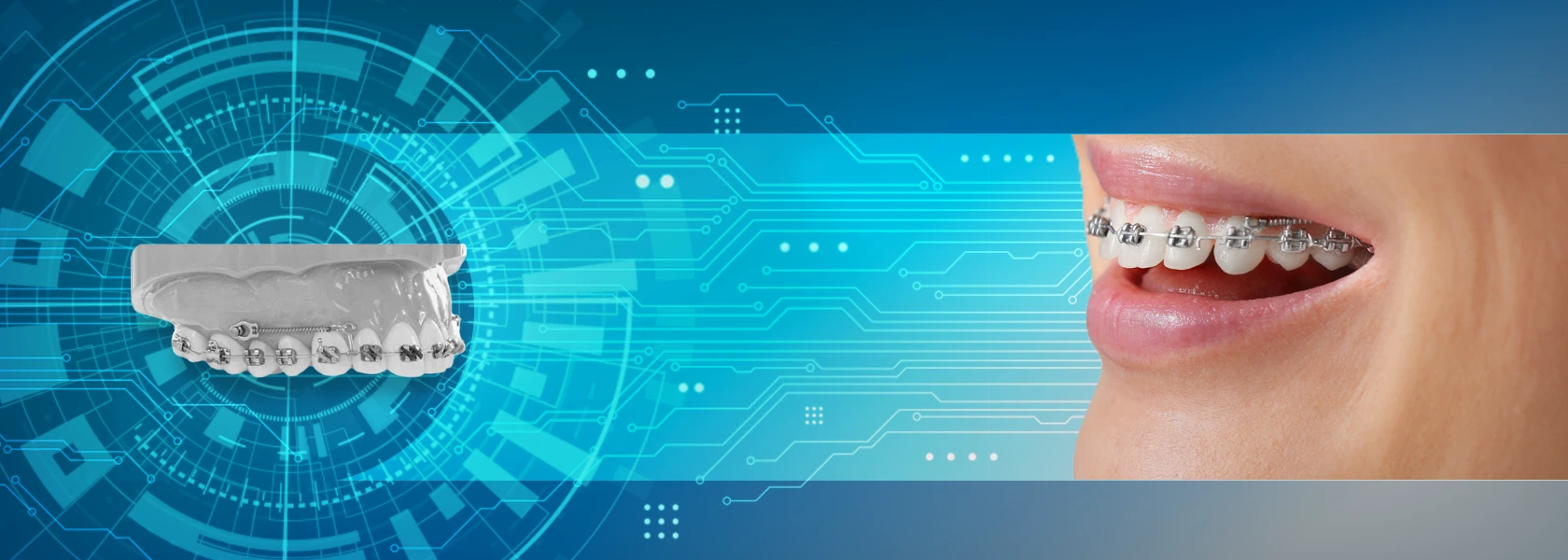
The Many Applications of TADs
A GAME-CHANGING SOLUTION FOR COMPLICATED MOVEMENT
By addressing potential concerns proactively and implementing appropriate solutions, orthodontists can maximize the effectiveness and safety of orthodontic temporary anchorage devices in achieving desired treatment goals. Regular communication is essential for monitoring progress and our doctors will address any issues promptly, resulting in a successful treatment outcome.
- Intrusion and Extrusion: TADs can be used to intrude or extrude individual teeth or groups of teeth, allowing for precise control over vertical tooth movement.
- Retraction and Protraction: TADs serve as stable anchorage points for moving teeth backward (retraction) or forward (protraction), particularly in cases of severe crowding or protrusion.
- Correction of Midline Discrepancies: TADs can assist in aligning the midline of the dental arch by providing anchorage for targeted tooth movement.
- Molar Uprighting: TADs aid in uprighting tipped or rotated molars, improving occlusal relationships and overall dental alignment.
- Space Closure: TADs facilitate the closing of spaces between teeth, especially in cases of missing teeth or extraction sites.
- Asymmetric Tooth Movement: TADs allow for controlled and precise movement of individual teeth or groups of teeth, even in cases of asymmetry or complex malocclusions.
- Orthognathic Surgery: TADs can assist in pre-surgical orthodontic treatment by providing stable anchorage and facilitating the alignment of dental arches before orthognathic surgery.
- Management of Open Bites: TADs help in closing anterior open bites by providing anchorage for extruding posterior teeth and intruding anterior teeth.
- Reduction of Gummy Smiles: TADs can be used to reduce the appearance of an excessive gummy smile in conjunction with braces.
Potential Concerns & Solutions
REMEMBER WE ARE A CALL AWAY!
Soft Tissue Irritation
- Concern: TADs may cause irritation or injury to the surrounding soft tissues, such as the gums or cheeks.
- Solution: Proper placement and positioning of TADs by a trained orthodontist can minimize soft tissue trauma. Patients should maintain good oral hygiene and avoid excessive pressure or trauma to the TAD site.
TAD Mobility or Displacement
- Concern: TADs may become loose, mobile, or displaced due to inadequate stabilization or improper placement.
- Solution: Ensure adequate stabilization of TADs by using appropriate insertion techniques and securing them with sufficient bone engagement. Regular monitoring by the orthodontist can detect any signs of TAD mobility early, allowing for timely intervention.
Risk of Infection
- Concern: TAD insertion sites may be susceptible to infection, especially if proper sterilization procedures are not followed.
- Solution: Maintain strict adherence to infection control protocols during TAD placement, including proper sterilization of instruments and disinfection of the insertion site. Patients should also be instructed on oral hygiene practices to minimize the risk of infection.
Root Damage
- Concern: Improper placement or excessive force during TAD insertion may result in damage to adjacent tooth roots.
- Solution: Utilize imaging techniques such as cone-beam computed tomography (CBCT) to accurately assess bone anatomy and plan TAD placement. Careful selection of insertion sites and meticulous technique can minimize the risk of root damage.
Pain or Discomfort
- Concern: Patients may experience pain or discomfort at the TAD insertion site, particularly in the initial days following placement.
- Solution: Provide patients with appropriate pain management strategies, such as over-the-counter pain relievers or topical analgesics. Educate patients on expected post-insertion discomfort and advise them to contact their orthodontist if pain persists or worsens.
TAD Failure
- Concern: TADs may fail to provide adequate anchorage due to mechanical failure, inadequate bone support, or improper positioning.
- Solution: Use high-quality TADs manufactured from biocompatible materials and follow manufacturer guidelines for insertion and activation. Regular evaluation and monitoring of TADs by the orthodontist can detect signs of failure early, allowing for prompt intervention or replacement.
Patient Compliance:
- Concern: Patient compliance with oral hygiene instructions and dietary restrictions may impact the success of TAD treatment.
- Solution: Provide patients with clear and detailed instructions on oral hygiene practices, dietary modifications, and TAD care. Regular reinforcement of compliance during follow-up appointments can help ensure optimal treatment outcomes.